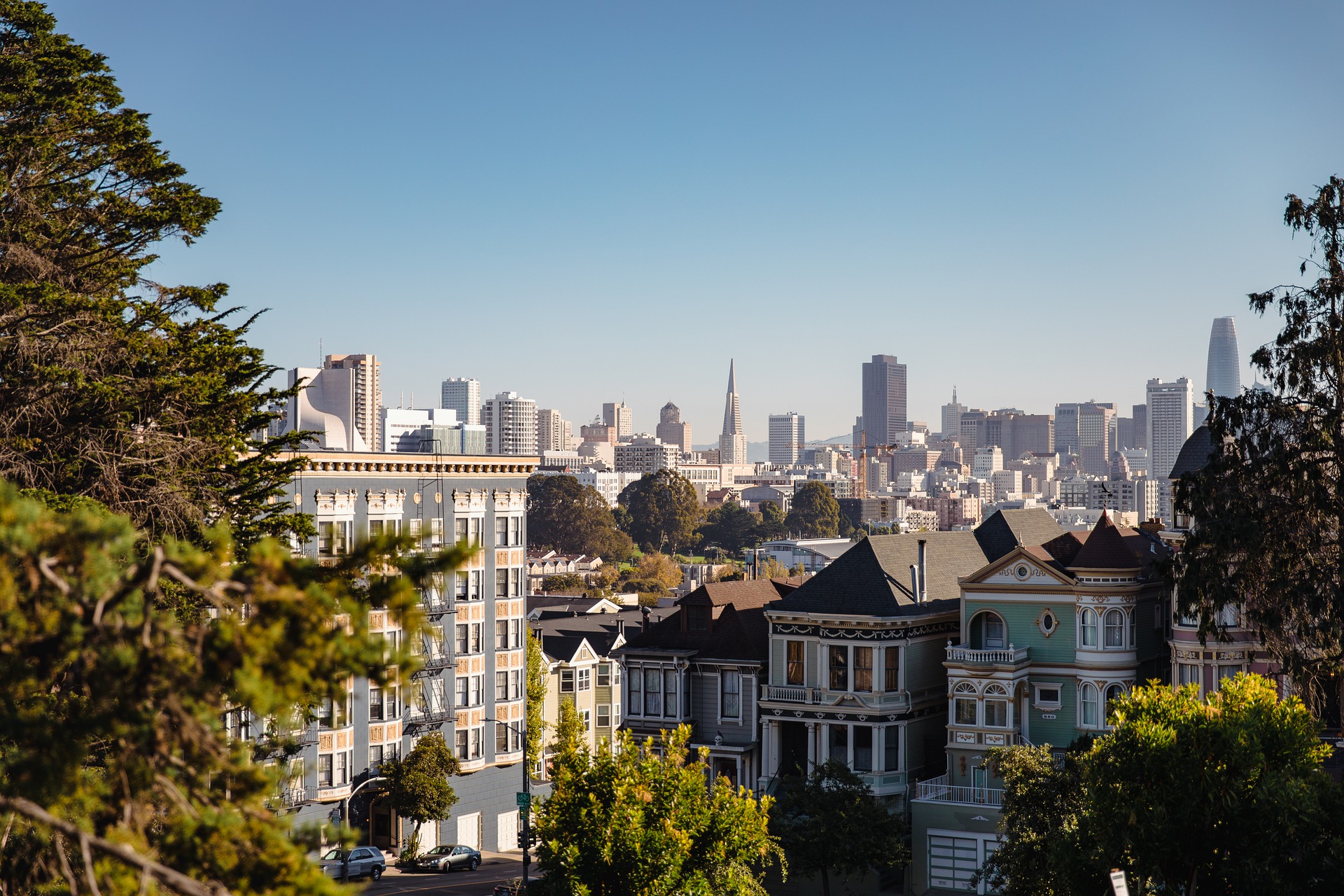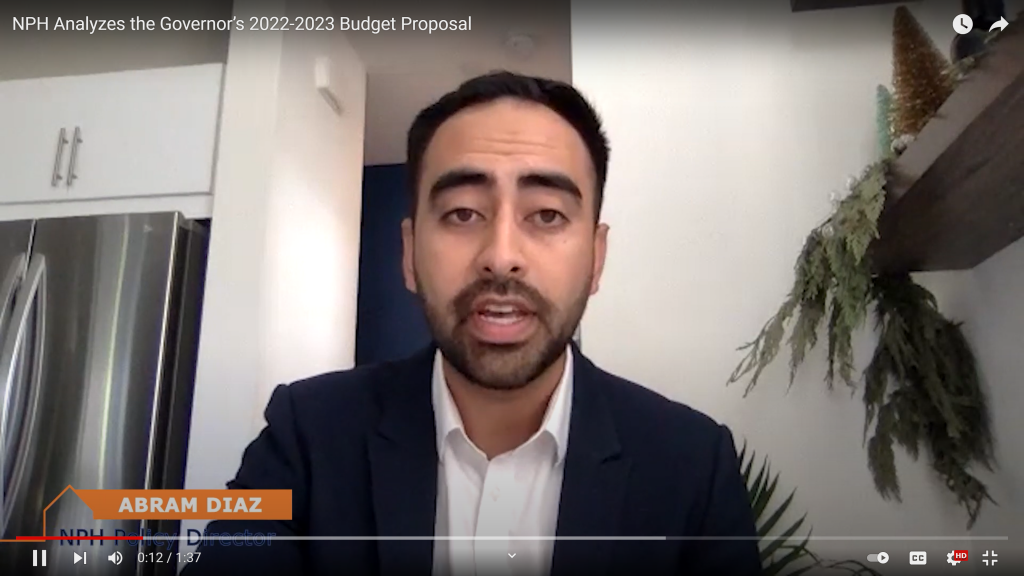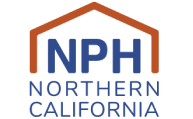Governor’s 2022-2023 Budget Proposal Analysis
The Community Advocacy and Voter Engagement (CAVE) certification program
November 12, 2021
San Francisco Public Press: How Build Back Better Bill’s Failure Could Hurt SF’s Most Vulnerable
January 20, 2022
Governor’s Budget Proposal Commits to Critical Housing and Homelessness Solutions, But Deeper Investments Needed to Meet Community Needs
Earlier this week, Governor Gavin Newsom released his 2022-2023 state budget proposal, which includes critical investments to address the state’s housing needs and assist those experiencing homelessness. It also includes a historic step in directly linking housing to California’s climate goals: key allocations in the budget are designed to reduce greenhouse gas emissions by supporting affordable housing development and preservation near jobs, services, and transit. Overall, the proposal advances the Administration’s commitment to housing and homelessness as one of the most critical issues facing Californians.
While the Governor’s proposal includes substantial housing investments, much deeper investments will be needed to fully address the long-term needs of our communities in the Bay Area and throughout California.
As our neighbors and communities continue to grapple with the lingering public health and economic impacts of COVID-19, the Bay Area needs ongoing affordable housing investments at scale that can address displacement and other impacts from the pandemic. Building more affordable housing, preserving existing affordability, and keeping tenants housed are key ways to support our communities in emerging from the COVID-19 pandemic.
COVID-19 has made the challenges facing our neighbors even more difficult, and to fully recover from this crisis, we must make sure the Bay Area is resilient enough to face the future. This means that we must prioritize big, bold housing investments that are at scale to meet the needs of the Bay Area.
The current social and political landscape has underscored the critical need to think expansively and creatively about how to answer the needs of our communities today, while also setting up for a future where everyone can thrive and succeed. NPH and our members are eager to bring our ideas, experiences, and recommendations to the table during the next stage of budget negotiations for the May Revise.
NPH will continue to work diligently with our partners and allies to make sure that our lawmakers prioritize the future of our communities, so that families today and the next generation are protected and can thrive. Having a safe, stable, and affordable place to live is the foundation for this future.

What’s in the Governor’s Proposal?
Affordable Housing and Climate Goals:
Housing affordability continues to be a key issue facing Bay Area renters. There are over 3 million low-income individuals in the Bay Area who qualify for affordable housing, and over one-third of these low-income individuals are considered extremely low-income (below 30% of AMI). Making sure that people in our community can afford a decent, safe place to live is essential for a strong, healthy, vibrant Bay Area. Linking housing to climate goals ensures that we both lower greenhouse gas emissions while also making sure that housing is built near jobs, transit, schools, and other essential services.
- Create and Preserve Affordable Homes for California’s Low-Income Families and Individuals: Includes a $500 million expansion of the Low-Income Housing Tax Credit, the state’s primary vehicle to support the creation and preservation of affordable homes for California’s low-income families and individuals.
Bay Area Impact: Here in the Bay Area, we could anticipate that our region will receive around $85-120 million in investments from this budget designation — which will be matched by other state and local funding — based on previous year’s allocations.
- Support the Infrastructure that Housing Needs to Be Built: Includes $500 million one-time General Fund ($225 million in 2022-23, and $275 million in 2023-24) for the Infill Infrastructure Grant Program, which prioritizes prime infill parcels in downtown-oriented areas and brownfields, supporting the infrastructure that housing needs to be built (like sidewalks, utility hookups, etc)
- Support Infill and Compact Development that Reduce Greenhouse Gas Emissions: Includes $300 million one-time General Fund ($75 million in 2022-23, and $225 million in 2023-24) for the Affordable Housing and Sustainable Communities Program to support land-use, housing, transportation, and land preservation projects for infill and compact development that reduce greenhouse gas emissions.
- Leverage State Lands to Expedite Housing Opportunities: Includes $100 million one-time General Fund ($25 million in 2022-23, and $75 million in 2023-24) to expand affordable housing development and adaptive reuse opportunities on state excess land sites. This will leverage state land as an asset to expedite housing opportunities by offering low-cost, long-term ground leases in exchange for affordable and mixed-income housing.
- Help Remove Cost Impediments and Accelerate Residential Conversions: Includes $100 million one-time General Fund ($50 million in 2022-23, and $50 million in 2023-24) for adaptive reuse incentive grants. These grants will help remove cost impediments to adaptive reuse (e.g., structural improvements, plumbing/electrical design, exiting) and help accelerate residential conversions, with a priority on projects located in downtown-oriented areas. These per-unit grants will be paired with other HCD awards to remove impediments in delivering adaptive reuse projects.
Homelessness Response:
In the Bay Area, there are over 35,000 people on any given night experiencing homelessness. Improving our communities starts with everyone having a safe place to call home. The following proposed investments will be critical in halting even more folks from falling into homelessness — yet will need to be matched by ongoing investments focused on services and prevention.
- Prevent Homelessness: Includes about $2 billion over two years to prevent homelessness through the following programs:
- Tiny Homes and Bridge Housing: Includes $1.5 billion for the purchase and installation of tiny homes and bridge housing, which will be administered by the Department of Health Care Services’ Behavioral Health Continuum Infrastructure Program.
- Rehousing Strategies: $500 million in one-time funding for Encampment Resolution Grants, so that local jurisdictions can invest in short- and long-term rehousing strategies for people experiencing homelessness in encampments around the state.
Other Noteworthy Investments:
To fully meet the housing needs of the Bay Area, we also must include investments for mixed-income rental housing, preservation efforts, and ownership opportunities. The following investments in the budget seek to address these areas.
- Provide Loans to Developers for Mixed-Income Housing: Includes $200 million one-time General Fund ($50 million in 2022-23, and $150 million in 2023-24) for the California Housing Finance Agency to provide loans to developers for mixed-income rental housing, specifically for households with incomes between 30 percent and 120 percent of the Area Median Income.
- Preserve and Increase Affordable Housing: Includes $200 million one-time General Fund ($50 million in 2022-23, and $150 million in 2023-24) for the Portfolio Reinvestment Program to further preserve targeted units in downtown-oriented areas and continue increasing the state’s affordable housing stock.
- Finance and Preserve the Preservation and Development of Affordable Mobile Home Parks: Includes $100 million one-time General Fund ($25 million in 2022-23, and $75 million in 2023-24) for HCD’s Mobilehome Park Rehabilitation and Resident Ownership Program. These funds will finance the preservation and development of affordable mobile home parks, assisting one community that is disproportionately and negatively impacted by the state’s affordability and climate challenges.
What’s Missing?
The budget proposal includes critical investments toward addressing affordable housing and homelessness in California, some historic. The budget is a critical and much-needed starting point. NPH and our allies will work closely with lawmakers, the Governor’s office, advocates, and community members to advocate for deeper investments to be included in the May Revise of the budget proposal.
Deeper investments in housing could meet our communities’ needs to build more affordable homes, preserve existing affordability, and keep tenants housed. We especially would like to see the budget reflect California’s Roadmap Home 2030, which emphasizes the need for sustained investments at the scale that meets our housing challenges. The Roadmap Home 2030 is a bold, long-term plan to create the future we want for California by building affordable homes, protecting low-income renters, ending homelessness, and advancing racial equity and economic inclusion.
NPH, along with our partners and allies, will advocate for the following to be included in the May Revise of the state budget proposal:
- Affordable Housing Development: We are seeking significant investments for the Multifamily Housing Program and the California Housing Accelerator Program. These budget allocations would invest in the next wave of state affordable housing projects and allow projects that already received partial funding to move to construction.
- More Permanent Supportive Housing and Affordable Homes for Extremely Low-Income Families and Individuals and Ongoing Homelessness Prevention Programs: In addition to last year’s one-time investment dedicated primarily to conversion of Project HomeKey units, we need an infusion of funding for ongoing operational costs and services. These are critical in order to ensure we’re not just bringing our unhoused neighbors in from the streets but also keeping them permanently housed and supported.
What’s Next?
NPH will work with lawmakers and the Governor’s Administration to incorporate these critical investments into the May Revise. Beyond the budget, there will also be opportunities to secure critical investments through other mechanisms, and NPH will analyze and support these opportunities as they emerge. NPH looks forward to the additional public policy opportunities that will unfold this fiscal year: from affordable housing preservation efforts, to streamlining proposals to allow churches to more easily create affordable homes on land they already own.

